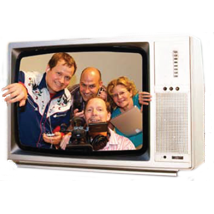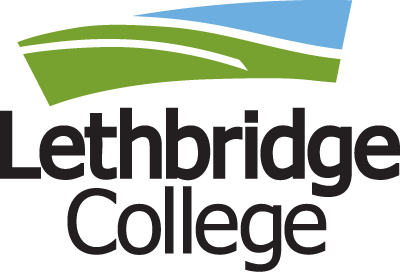In a now-forgotten time (say, five years ago) the art of storytelling was honed around a hearth, at a grandparent’s knee, or while marshmallows toasted over a campfire. Provided the tale had a degree of relevance or resonance for the listener, the teller needed little else to create the appropriate atmosphere to enchant a small audience.
grandparent’s knee, or while marshmallows toasted over a campfire. Provided the tale had a degree of relevance or resonance for the listener, the teller needed little else to create the appropriate atmosphere to enchant a small audience.
Today, young “videographers” equipped with cellphones can produce mini-movies and transfer them worldwide with the flick of a thumb. They have technology to reach a mass audience, but many lack the skills to create compelling material.
Four Lethbridge College instructors have been studying the phenomenon and the changes technology has wrought on the telling of tales. Their conclusion: while the method of distributing stories to audiences has altered dramatically, the creation of engaging material hasn’t changed all that much.
That’s led them to create a new course of study, the first of its kind in Canada. Telling Stories, a two-semester endeavour, will be available this fall to anyone who has a story to tell and seeks an imaginative, technologically competent way to tell it.
Telling Stories is the initiative of George Gallant, Broadcast Journalism; Leanne Elias, Multimedia Production; Marko Hilgersom, Humanities; and Brent Cottle, English, who have melded their areas of expertise to create the curriculum. Hilgersom and Cottle will take students through the creative storytelling process in the fall semester, while Gallant and Elias show them how to turn their ideas into four-minute videos in the winter.
Hilgersom’s original name for the course was You to YouTube, but copyright considerations required a change. Still, the YouTube generation will understand why the match of storytelling with production is important.
“YouTube is more than just rants,” says Gallant. “They’re putting production values into their work and getting open, honest feedback from viewers.”
None of the four have preconceived notions on what types of learners will compose the fall intake; they’re preparing for a wide range of interest and age.
“Everyone has a story to tell,” says Elias, who is particularly interested in design for small devices. “We’ve had requests for a video-editing course from people as diverse as social workers, nurses and anthropologists. It will be cool to see the different types of people who take the course.”
Regardless, they’ll be required to develop solid content before moving on to the production semester.
“There are those who are a little technophobic and those who have all the technical know-how, but in any video production, content rules,” says Gallant, whose students have been nominated and have won provincial awards for their broadcast documentary work.
In the fall semester, students will learn the history of the narrative, its beginnings and theory. Cottle, who also teaches dramatic literature and film studies, and Hilgersom, who teaches ethics, pop culture, religious and cultural studies, will use ancient and contemporary stories, along with novels and films, to show how compelling narratives are developed.
“People hear stories all the time, but they don’t always know what constitutes a good one,” says Cottle. “It’s a bit like biology: everyone knows what a frog is, but to understand how one functions, they have to dissect one.”
Through a seminar-style of discussion and a range of writing assignments, students will put storytelling under the scalpel to understand how narrative works before creating one of their own.
In the winter semester, they’ll move onto production and distribution; even with a seemingly short four-minute project, all the skills and elements necessary for a longer venture come into play. Once finished, their work can be uploaded to iPod, You Tube or cellphone formats.
“That’s how this generation is getting its information,” says Gallant. “We’re looking for personal stories, because they provide the better material.”
Gallant should know: two years ago, at his prompting, Lisa Motuzas, a Broadcast Journalism student, produced a short documentary called My Little Hand, a piece detailing her deformed limb. The piece was chosen best student production of the year by the Alberta Motion Picture Industry Association.
“People have important stories to tell, and they’re much more powerful when they tell them themselves,” says Gallant. The technology is changing so quickly, Elias and Gallant will be forced to ensure they keep up.
“I spent 20 years in broadcast and everything was done the same for 20 years,” says Gallant. “Now it’s changing so fast.”
Elias agrees: “Technology is ubiquitous and mobile – our learners are taking their coursework with them on their iPods and cellphones. It’s invigorating to see new distribution methods, and challenging to create material that will rise to the top of the mountain of available content.”


